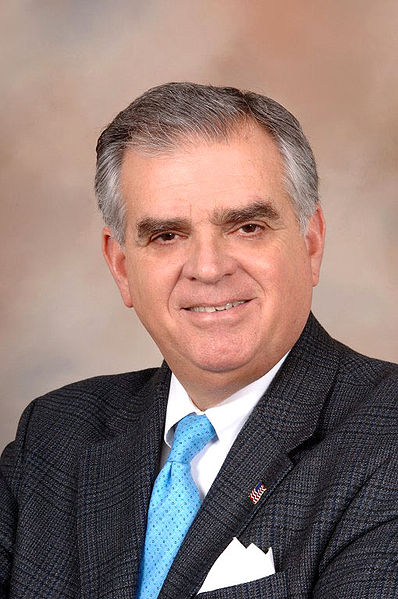| Do you live in Kentucky? Call Sen. Bunning’s State HQ and tell him to end his roadblock. Click here for more information on making a call. |
At a point in history when American trust in Congress is at or near all-time lows, it’s probably not a great time to interrupt regular programming to announce that a single Senator kept the Senate from passing an emergency one-month extension of the current transportation bill before adjourning today, leaving it to expire over the weekend and threatening the flow of money to transportation programs — federal and state.
The transportation bill, which has already been extended four times since its initial expiration in 2009, funds federal and state transportation programs. Which means that come Monday or Tuesday (it’s uncertain which at this point), federal transportation agencies from the Department of Transportation to the Federal Transit Administration will be furloughing employees and in a state of near shutdown.
Perhaps most importantly, and of much greater concern to most people than the fact that federal transportation officials in D.C. might be sent home for a few days, the government checks that go out every two weeks to state departments of transportation to reimburse them for their ongoing contracts for transportation projects will not be sent out on Monday as usual, regardless of what happens Monday, according to several of our sources.
As Elana Schor (@eschor) pointed on Twitter this afternoon, this means “$184 [million] per day in lost transpo reimbursements for road repairs, bridge building, and transit.”
Chairman Jim Oberstar held a press conference to talk about the issue this afternoon, calling Sen. Jim Bunning’s obstruction “astonishing” and comparing it to the government shutdown of 1995. He detailed the specifics of what will happen at federal and state transportation agencies as the flow of money that funds highway and bridge repair, transit agencies and programs will shut off Monday. Later this afternoon, he said in a press release on Facebook that “I find it outrageous that one senator can kill a piece of legislation and cause chaos for our cities and states. Thanks to this one person’s intransigence, Minnesota will not be reimbursed for its federal share of highway projects until we get this mess sorted out.”
He points out that some states may have to suspend work on projects — something that Missouri has already done by announcing that they won’t open up several new projects for bid next week with their funding stream so up in the air.
As usual, Elana Schor at Streetsblog DC has some of the most thorough coverage of the issue, though it is making headlines in Politico, CQ and other outlets.
We’ll have more intel and reaction on Monday, and hopefully news about a solution to the bill’s expiration.
Have you seen an announcement (like Missouri’s) in your state of halted projects, delayed contracts, or furloughed workers? Let us know in the comments.






















